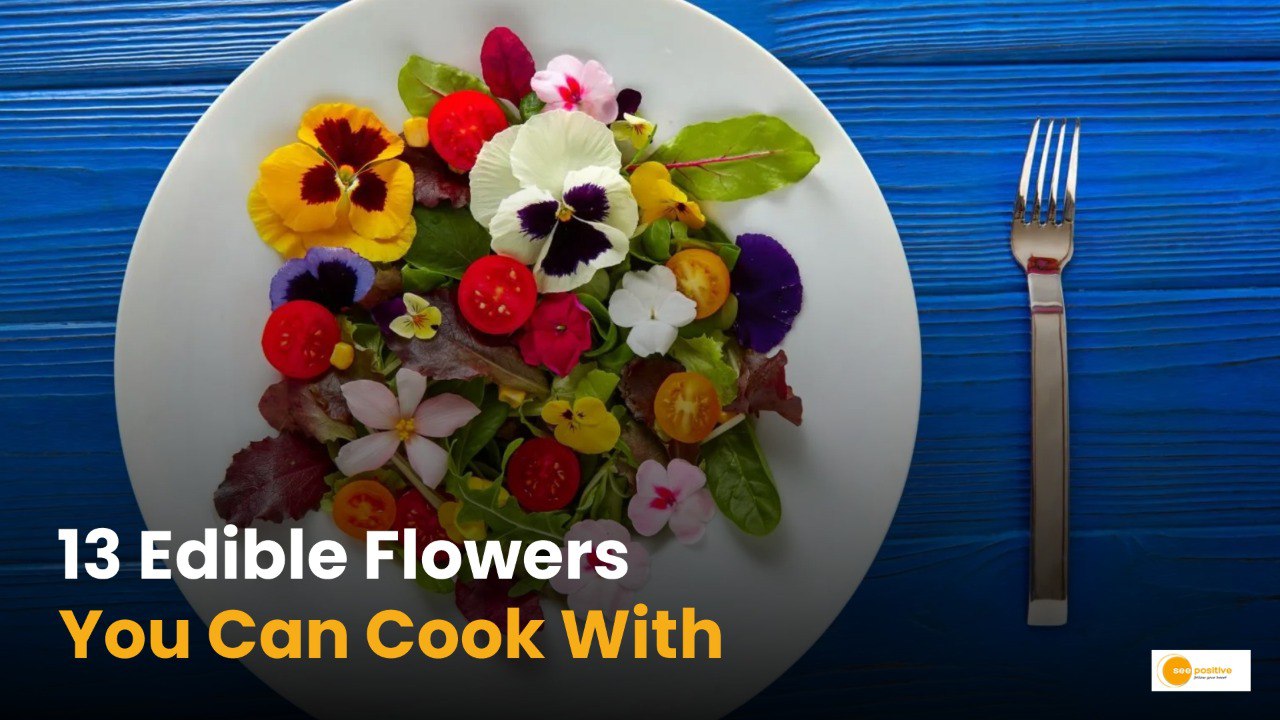Edible flowers are not just for show – they bring joy and flavor to your cooking. These flowers aren’t just pretty; they add special tastes, colors, and textures to different dishes. Once only admired in gardens, these blooms are now making their way into kitchens, making food not just delicious but also visually appealing.
Using edible flowers in cooking has been a tradition for many years, and nowadays, they are becoming popular again in modern recipes. Whether you’re making a colorful salad or a fancy dessert, edible flowers can make your dishes look and taste amazing.
They’re not just decorations; they add unique flavors and vibrant colors to your meals. If you’re new to using flowers in your cooking, here’s an easy guide to five types of edible flowers and how you can use them in your kitchen.
1. Nasturtiums:
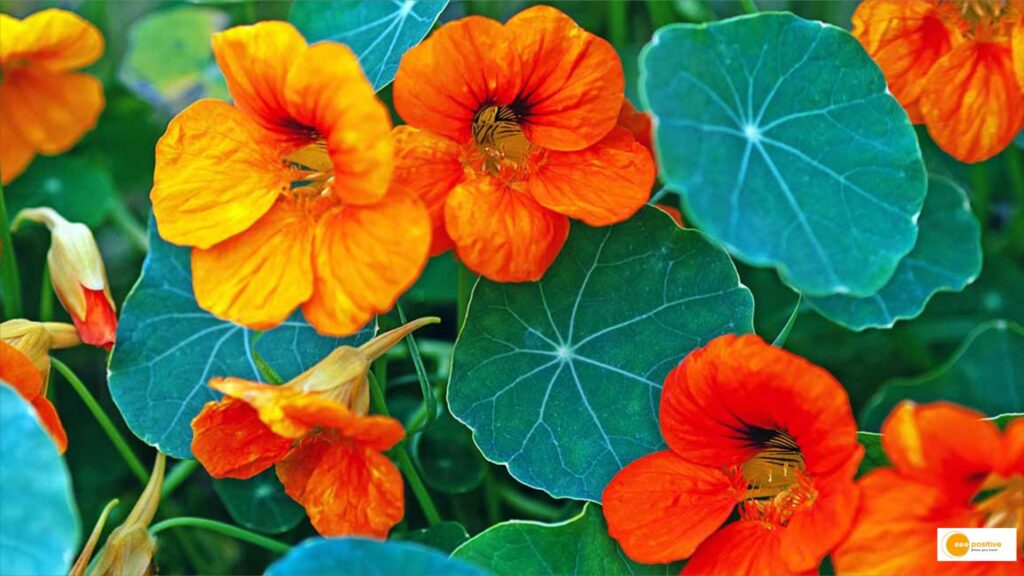
Flavorful Kick in Salads
Nasturtium flowers, with their peppery taste, are perfect for adding a zesty kick to green salads. Their vibrant orange and yellow hues also make your plate visually appealing.
2. Lavender:
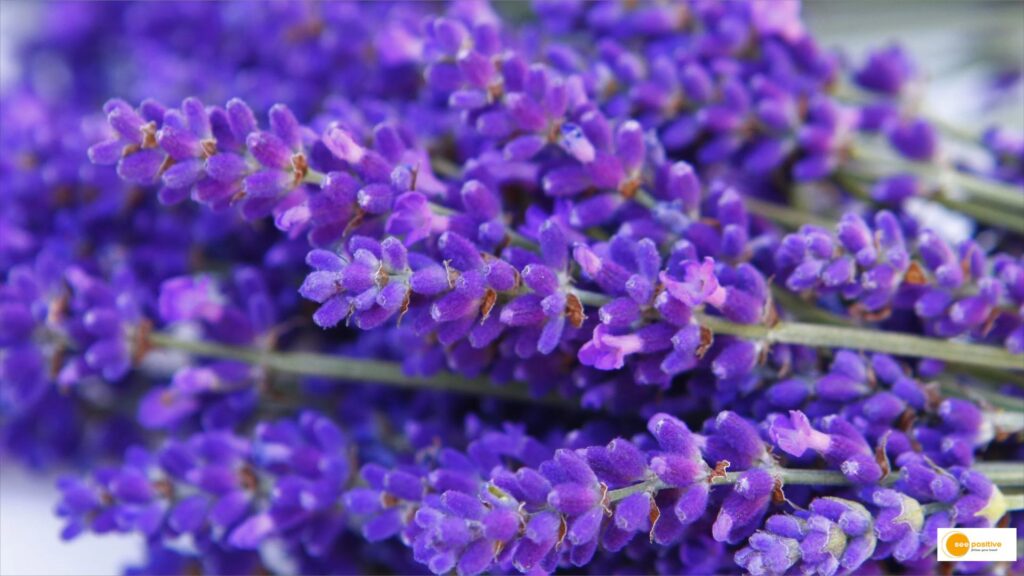
Versatile Aroma in Baked Goods
Lavender’s delightful aroma makes it a versatile flower. Add dried lavender to cookies and cakes for a unique flavor twist, or infuse it into syrups for cocktails or teas.
3. Marigolds (Calendula):
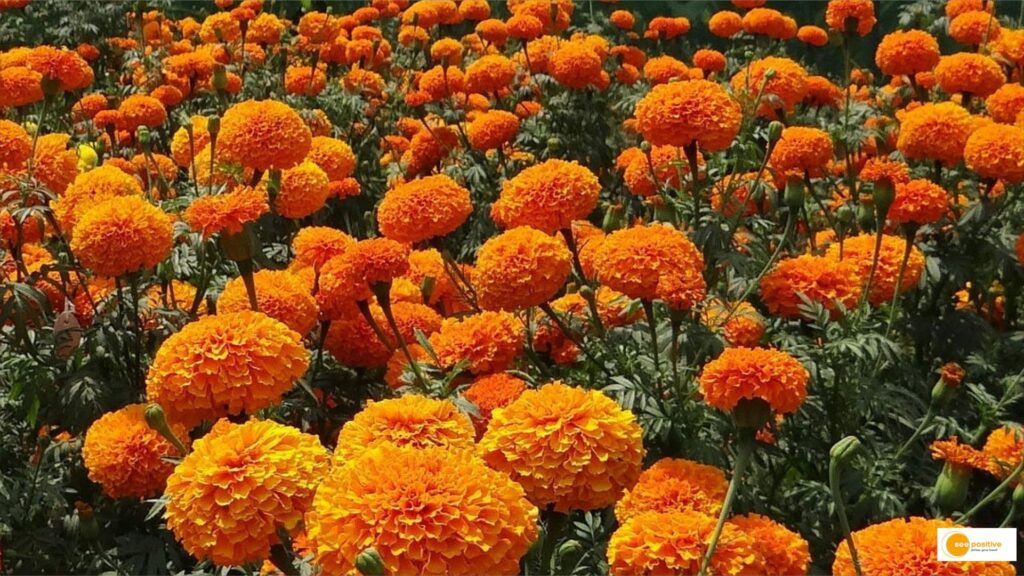
Tangy Petals for Various Dishes
Marigold petals have a subtle tanginess. Sprinkle them on soups, rice dishes, or use them to garnish desserts. Dried calendula petals can also make a soothing herbal tea.
4. Roses:

Elegant Additions to Salads and Desserts
Fresh rose petals can elevate salads, desserts, and fruit salads. Ensure they’re pesticide-free, and you can crystallize them for an elegant touch to cakes or pastries.
5. Chamomile:
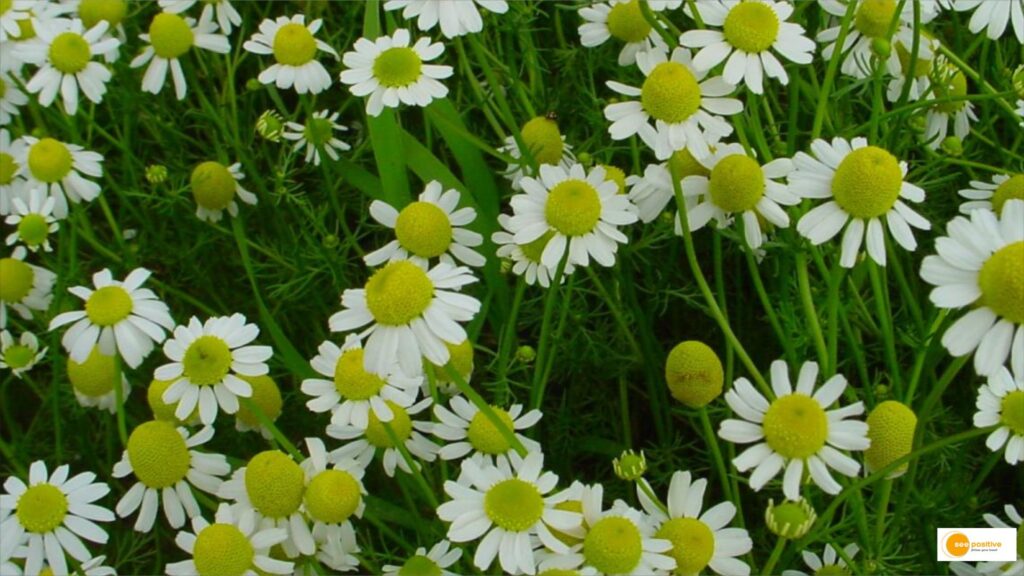
Calming Flavor in Tea and Baked Goods
Chamomile flowers, known for their calming properties, can be infused into gentle chamomile tea or incorporated into baked goods like muffins and scones.
6. Borage:
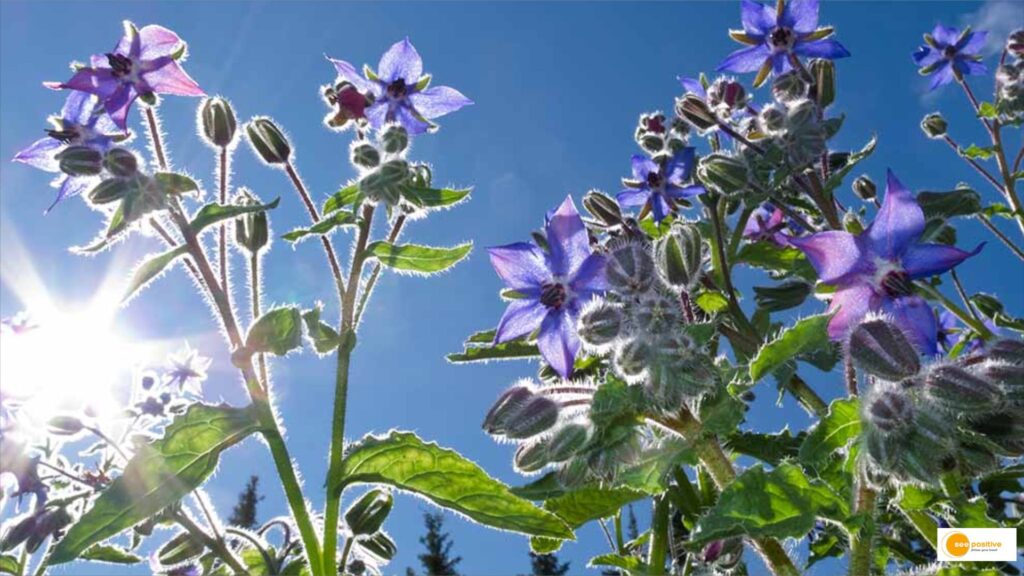
Cucumber-like Flavor in Soups and Salads
Borage adds a cucumber-like flavor to soups, salads, and teas. It’s also a good source of vitamins and antioxidants.
7. Hibiscus:
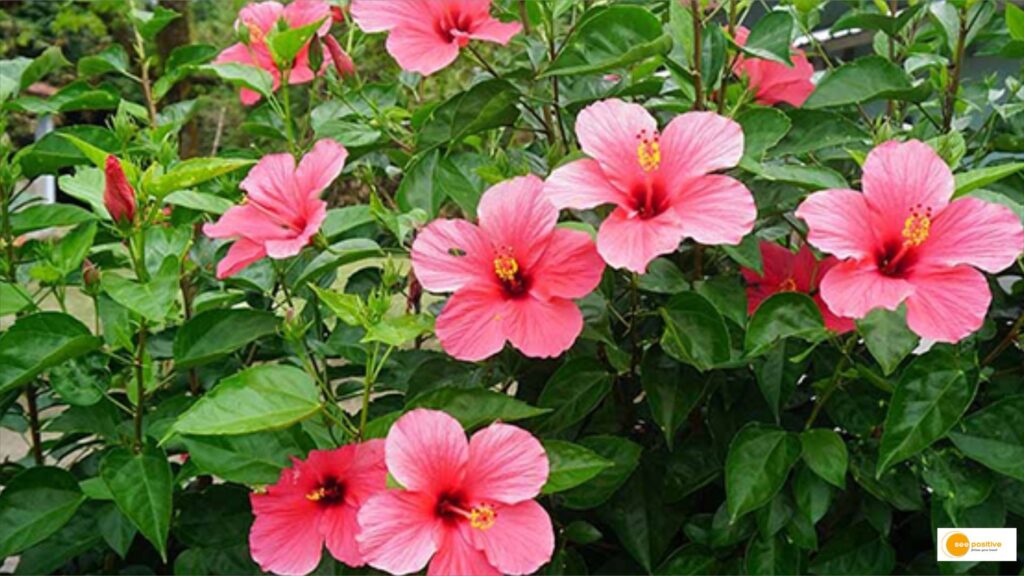
Cranberry-like Flavor for Tea and Jam
Hibiscus flowers offer a cranberry-like flavor, perfect for making tea or jam. They are also rich in vitamin C.
8. Anise Hyssop:
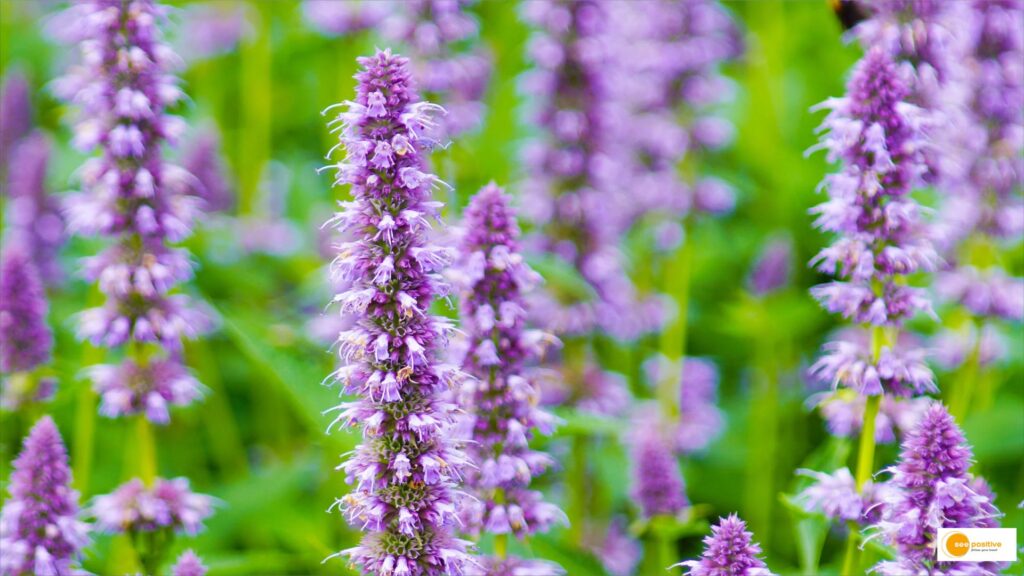
Licorice Flavor for a Culinary Statement
Tiny, delicate, and purple, anise hyssop flowers with their licorice flavor make a statement. Sprinkle on ice cream, salads, or use them in desserts.
9. Squash Blossoms:
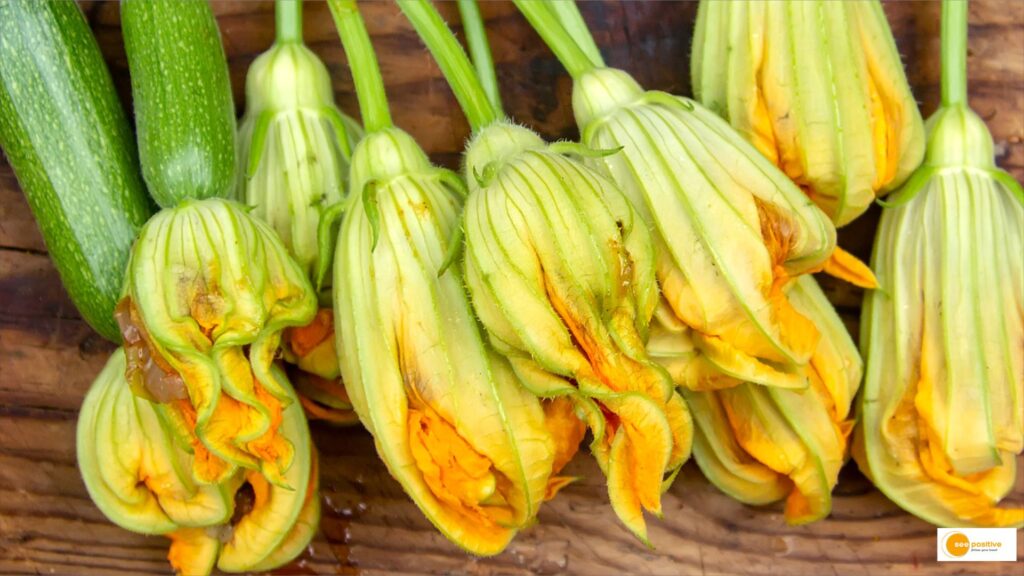
Lush and Delicious Fried Delights
Fried zucchini blossoms are lush and delicious. Stuff them with soft cheese or try a Southern twist with Pimiento-Stuffed Summer Squash.
10. Butterfly Pea:

Vibrant Purple Color for Icing and Teas
Butterfly pea yields a vibrant purple color, perfect for icing on cakes or infusing teas naturally without artificial colorings.
11. Violas And Pansies:
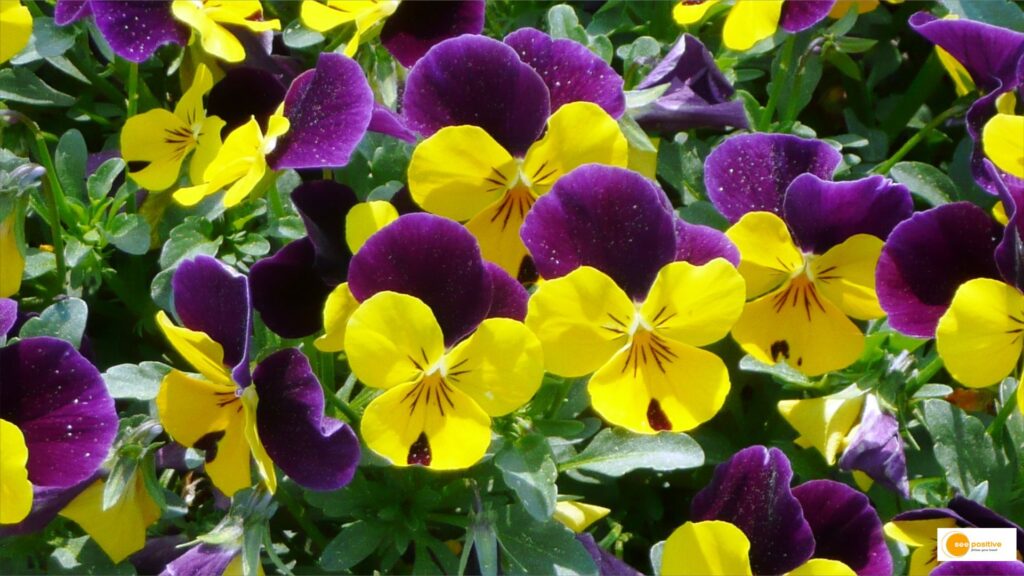
Natural Perfume for Desserts
Violas and pansies with white and purple blooms add a natural perfume to desserts. Candied violets or using their scent in drinks can be a delightful experience.
12. Calendula:
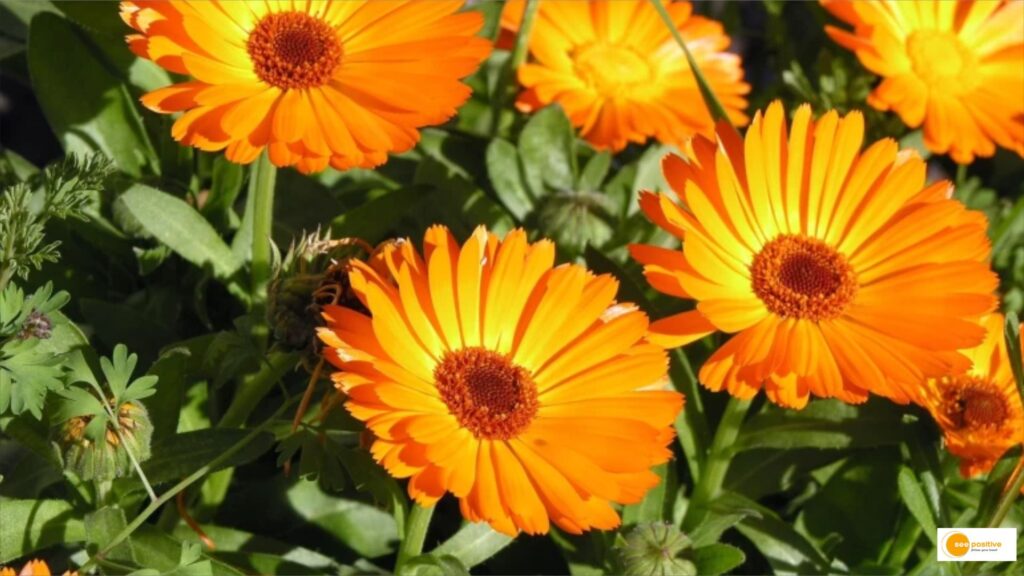
Medicinal Peppery Taste for Various Dishes
Calendula, or pot marigold, has a slightly medicinal, peppery taste. Use the petals in teas, syrups, vinegars, egg dishes, salads, and desserts.
13. Dandelion:

Nutritious Options from Petals to Roots
Dandelions, often seen as garden weeds, offer nutritious edible flowers. Use the petals in salads, fry them, or make jelly and wine. Every part of the dandelion, including roots and leaves, is edible.
Tips for using edible flowers:
Freshness matters: Use freshly picked, organic flowers for the best flavor and safety. Ensure they haven’t been treated with pesticides.
Petals: When using flowers in cooking, focus on the petals. Remove the bitter-white base of the petals before incorporating them into your dishes.
Positive Takeaway
Edible flowers bring joy and unique flavors to your meals. From the peppery kick of nasturtiums to the calming chamomile, each flower adds a special touch. Using them is a trend that makes your food look and taste amazing.
Whether you’re a pro or a beginner, incorporating these blooms elevates your cooking. So, pick some fresh flowers, add unique flavors and vibrant colors to your dishes, and enjoy a delightful culinary experience!

